Granny's Pie Recipes: Easy as Pie

At Channelin' Granny, we understand that pie recipes are not just about satisfying our sweet tooth, but also about feeding our souls. Our journey into the world of pie recipes is guided by a deep respect for culinary traditions from around the world. We believe that every culture has its own unique pie recipes that reflect its history, lifestyle, and values. By exploring these diverse cuisines, we hope to bring you a taste of the world's pie recipes, right in your own kitchen.
Pies are more than just a dessert. They are a sensory experience that can take us on a trip down memory lane, wrapping us in a cozy embrace of familiar flavors and a sense of belonging.
Channelin' Granny is your go-to resource for pie recipes that evoke a sense of nostalgia and warmth. We believe that every dish has a story to tell, and we're here to share these stories with you. Our recipes are inspired by traditional cooking methods and ingredients, bringing you the authentic taste of home-cooked meals. Our recipes are a tribute to the timeless appeal of pie recipes.
-
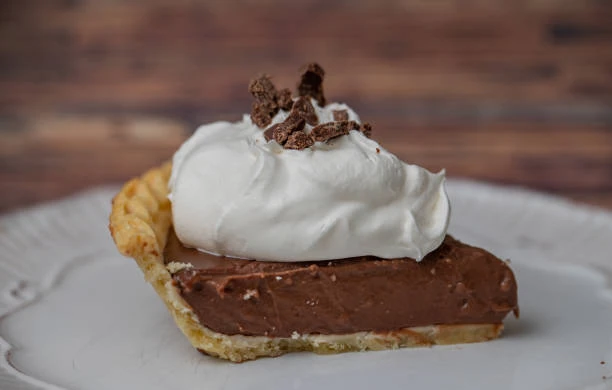
Chocolate Cream Pie
Indulge in the rich and creamy flavors of our Chocolate Cream Pie. This recipe is a delightful blend of smooth chocolate and whipped cream that will leave you craving for more.
-
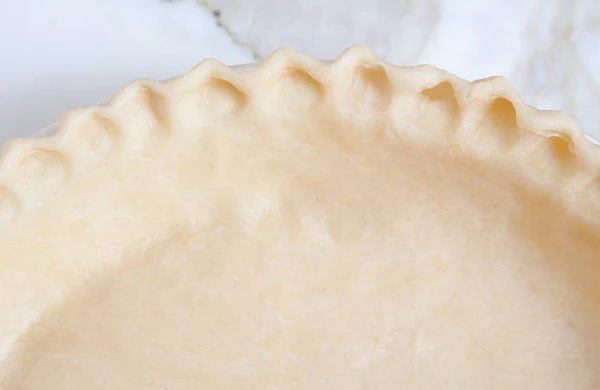
Oil-Based Pie Crust
Discover the secret to a flaky, buttery pie crust with our all-purpose recipe. Perfect for both sweet and savory pies, this crust is a must-have in your baking repertoire.
-
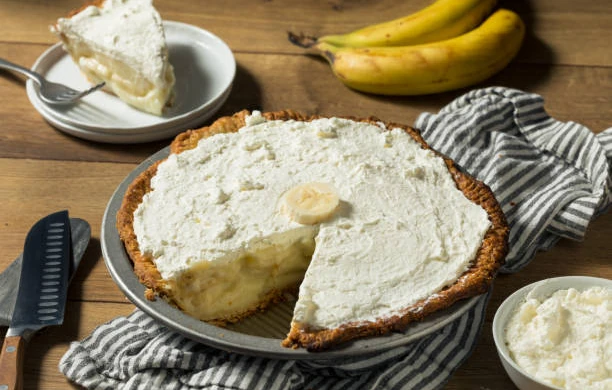
Banana Cream Pie
Indulge in the creamy, sweet, and slightly tangy flavors of our Banana Cream Pie. This recipe is a delightful blend of textures and flavors that will leave you craving for more.
Pies throughout History
The earliest form of pies can be traced back to the Neolithic Period, around 9500 BC, in ancient Egypt. Archaeologists have found drawings of what appears to be pies on the tomb walls of the Pharaoh Ramesses II, who ruled from 1304 to 1237 BC. These early pies were galettes, a rustic, free-form pie made by folding the edges of the dough over the filling, which was often honey.
The concept of pies was then adopted by the ancient Greeks, who are credited with the invention of pie pastry. They used a simple flour-water paste wrapped around meat, which served to seal in the juices while cooking, thus enhancing the flavor of the meat. This was a far cry from the sweet and savory pies we know today, but it was a significant step in the evolution of pies.
The Romans, known for their ability to absorb and adapt elements of other cultures, learned the art of pie-making from the Greeks. They started adding more ingredients to their pies, such as oysters, mussels, lampreys, and beef. There are records of various recipes in the Roman cookbook "Apicius", dating back to the 1st century AD. One of the recipes describes a rye-crusted goat cheese and honey pie, a sweet-and-savory combination that is still popular in modern pie-making.
Middle Ages and the English Tradition
The tradition of pie-making was carried into the Middle Ages, particularly in England. Pies, or "pyes" as they were known then, became a popular dish. These pies were mostly meat pies, filled with beef, lamb, wild duck, or pigeon. The crust of the pie, known as the 'coffyn', was a simple mixture of flour and water. This thick and hard crust was used as a vessel for baking the filling and was often discarded rather than eaten.
During this period, pies were also used for entertainment purposes. "Surprise pies" where live animals would jump out when the pie was cut open, were a common amusement at banquets.
The American Evolution
Pies were brought to America by the early English settlers in the 17th century. The first pies were similar to the British meat pies but evolved over time as the settlers used the ingredients available to them. As sugar became more available, American pies began to shift towards the sweet variety. The introduction of ingredients like sugar, fruits, and spices led to the creation of now-classic American pies such as apple pie, pumpkin pie, and cherry pie.
In the 19th and 20th centuries, pies became a way for Americans to showcase their regional agricultural products, leading to a wide variety of pies based on locally available fruits, nuts, and dairy products. The American pie was born.
The history of pies is a testament to human culinary innovation, adapting and evolving with each culture and era. From the rustic galettes of ancient Egypt to the sweet and savory delights we enjoy today, pies have a rich and delicious history that continues to evolve.
-
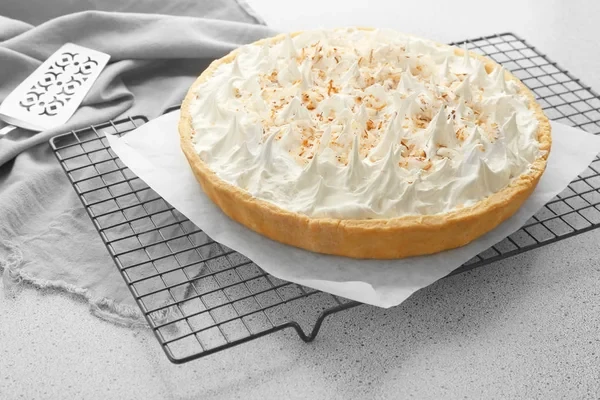
Coconut Cream Pie
Experience the tropical delight of our Coconut Cream Pie. This recipe combines the sweetness of coconut with a creamy custard filling, all encased in a flaky pie crust.
-
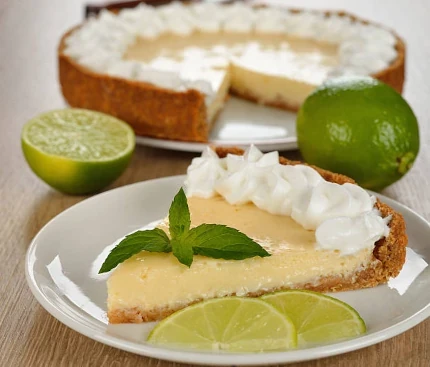
Key Lime Pie
Take a trip to the beach with our Key Lime Pie. This tart and creamy delight turns fresh Key lime juice and zest into a firm custard filling, topped off with a sweet homemade whipped cream.
-
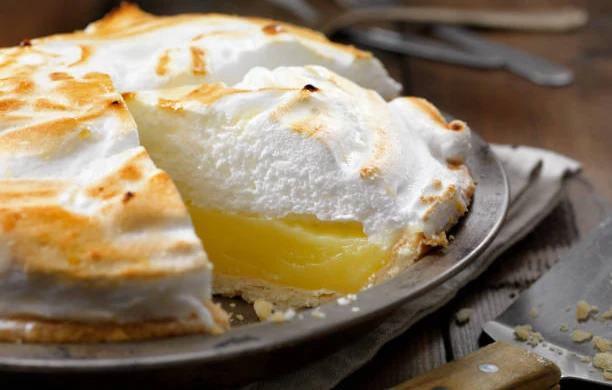
Granny's Famous Lemon Meringue Pie
This regal dessert fit for a queen or king. A centerpiece dessert that is the perfect way to cap off a meal. Quicken your senses with tart lemon custard topped in a glorious cloud of toasted meringue.
-

Pecan Pie
Granny's Homemade Pecan Pie is a classic dessert with a rich, buttery filling, toasted pecans, and a perfectly flaky crust. A must-have for holidays and special gatherings!
Pies Around the World
Pies, in their myriad forms, have been a staple in global cuisine, reflecting the unique tastes and ingredients of each region. Let's explore the world of pies in more detail:
United Kingdom
The British have a long-standing tradition of savory pies, often served as a main course. The steak and kidney pie, a classic British dish, combines diced beef, kidney (usually from a pig), fried onion, and brown gravy enclosed in a flaky pastry shell.
Shepherd's pie, another British favorite, is a hearty dish made from a filling of ground or minced meat (usually lamb, hence the name 'shepherd') and vegetables, topped with a crust of mashed potatoes.
Cornish pasties are a type of hand pie originating from Cornwall. These crimped, D-shaped pies traditionally contain a filling of beef, potato, swede, and onion. They were a popular lunch for Cornish miners who could hold the thick pastry edge with dirty hands and then discard it.
United States
In the United States, pies are a beloved part of the culinary landscape. Apple pie, with its sweet, cinnamon-spiced apple filling, is often considered a symbol of American prosperity and national pride.
Pumpkin pie, made from a sweet, spiced pumpkin-based custard filling, is a traditional part of Thanksgiving meals in the U.S and Canada.
Cherry pie, filled with tart cherries, is another American favorite, particularly for the celebration of George Washington's birthday, inspired by the famous (albeit likely apocryphal) tale of Washington chopping down a cherry tree.
Savory pies, like the chicken pot pie, filled with chicken, vegetables, and a creamy sauce, are also popular, particularly as a comforting winter meal.
Australia and New Zealand
In Australia and New Zealand, meat pies are a classic, often enjoyed at sporting events, local bakeries, and schools. These small, handheld pies are typically filled with minced meat and gravy and are considered an iconic snack in both countries.
Latin America
Across Latin America, empanadas are a popular type of hand pie. These pastries are typically filled with meat, cheese, corn, or other ingredients, depending on the country and region. For instance, Argentine empanadas might contain a filling of beef, onions, and olives, while Colombian empanadas might be filled with potato and cheese.
Middle East
In the Middle East, sambusak is a common savory snack. These semicircular pies are often filled with cheese, meat, or spinach and are typically served as part of a mezze platter or as a snack during Ramadan. The filling is enclosed in a thin, flaky pastry, similar to phyllo dough, and the pies are either baked or fried.
From the hearty meat pies of the United Kingdom to the sweet, fruit-filled pies of the United States, the world of pies is as diverse as it is delicious. Each region brings its unique spin to this versatile dish, creating a global tapestry of flavors and textures.
-
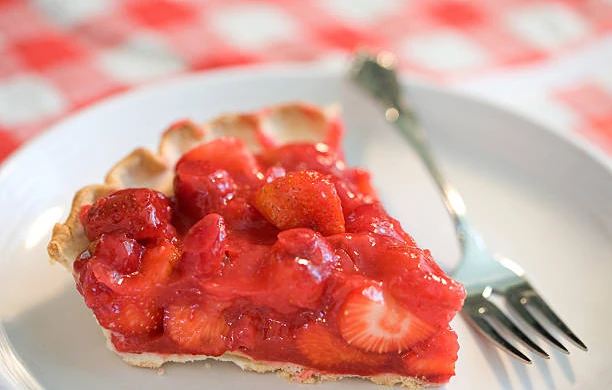
Strawberry Pie
Enjoy the sweet and tangy flavor of our Strawberry Pie. This recipe combines fresh strawberries with a sweet gelatin filling, all encased in a flaky pie crust.
-
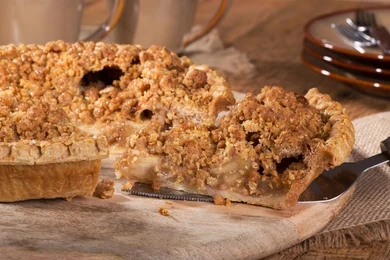
Dutch Apple Pie
Take a trip back in time with Granny’s Dutch Apple Pie. This old-world delight combines oats and brown sugar into a flavorful crust that brings the warm apple filling to life.
-
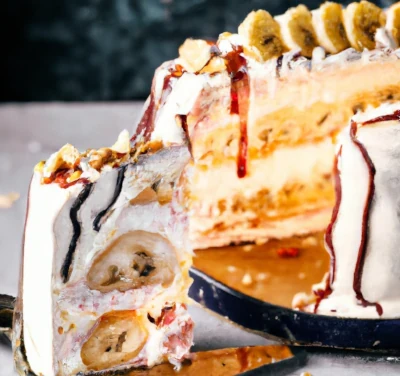
Banana Split Frozen Pie
Granny’s Banana Split Frozen Pie is a delicious and simple frozen dessert that will satisfy your sweet tooth. Featuring a combination of bananas, strawberry ice cream, whipped cream, and a quick fudge sauce topping.
-

Classic Cheesecake
Granny’s Classic Cheesecake is a rich and creamy dessert that's sure to delight. Featuring a velvety smooth cream cheese filling nestled within a buttery crust, it's the perfect indulgence for any occasion.
Pie-making Tips and Tricks
The Crust
The crust is arguably the most critical part of the pie, and achieving a flaky, tender crust is the goal of every pie baker. For a traditional butter-based crust, the secret to this is using cold ingredients. The butter, in particular, should be very cold, and some bakers even recommend freezing it before use. The water you use should also be ice-cold. When you mix the butter with the flour, it should remain in small, pea-sized chunks. These chunks of butter create pockets of steam as the pie bakes, leading to a flaky crust. Granny's oil-based pie crust isn't nearly as fussy. Her secret ingredient is a drop of vodka to make the crust even flakier. It's also important not to overwork the dough. Overworking develops the gluten in the flour and can lead to a tough crust.
The Filling
The filling is where you can get creative with your pie. For fruit pies, adding a bit of lemon juice not only helps maintain the color of the fruit but also balances the sweetness of the pie with a bit of acidity. For savory pies, it's crucial to make sure your filling is not too wet. Too much liquid in the filling can make the bottom crust soggy. You can prevent this by partially cooking the filling first to reduce the liquid, or adding a thickener like flour or cornstarch.
Baking
The placement of your pie in the oven can significantly affect how it bakes. Placing your pie in the lower third of the oven helps the bottom crust cook better, preventing it from becoming soggy. If the top of your pie is browning too quickly, you can cover it with aluminum foil for the remainder of the baking time.
Cooling
It might be tempting to slice into your pie as soon as it comes out of the oven, but patience is key here. Allowing your pie to cool before slicing gives the filling time to set. This is especially important for pies with a custard or gelatin-based filling, which need time to firm up. Even for fruit pies, cooling allows the juices to thicken so they don't run out when you slice the pie.
Extra Tip - Blind Baking
If you're making a pie with a custard or cream filling, or any pie that requires the crust to be baked before the filling is added, you'll need to blind bake your crust. This involves lining your pie crust with parchment paper or foil, filling it with pie weights or dried beans, and baking it until it's set. This ensures your crust is fully cooked and doesn't become soggy when you add the filling.
Remember, practice makes perfect. Don't be discouraged if your first few pies aren't perfect. With each pie you make, you'll learn more about what works and what doesn't, and you'll get better each time. Happy baking!
-
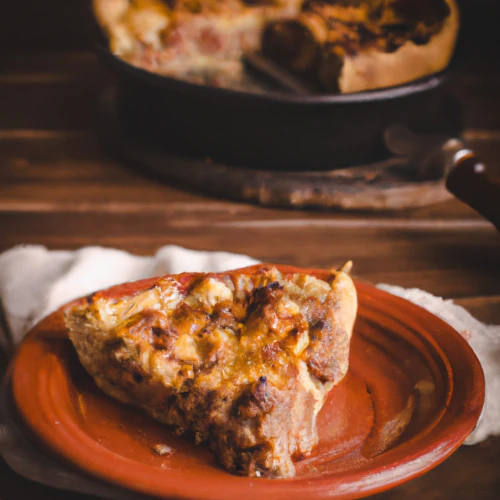
Old-Fashioned Mincemeat Pie
Experience the rich, nostalgic flavors of this Old-Fashioned Mincemeat Pie. A delightful blend of beef, apples, and spices, it's a classic treat that's sure to warm your heart.
-
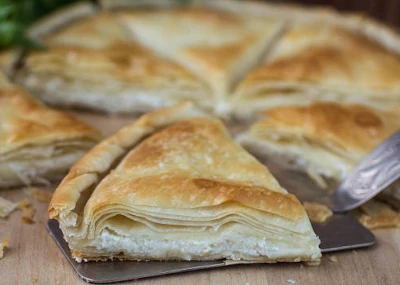
Granny's Homemade Tiropita
This traditional Greek cheese pie is filled with a rich cheese mixture wrapped in crispy phyllo dough. Bringing together the classic elements of this beloved Greek dish, resulting in an utterly satisfying treat.
-
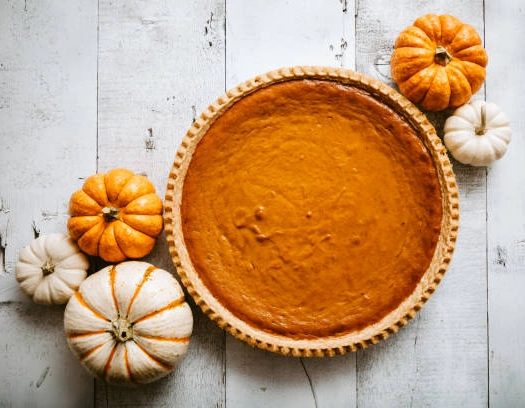
Pumpkin Pie
This classic dessert invites you to savor the essence of autumn and relish in the heartwarming tradition of baking. A luscious pumpkin puree meets the aromatic blend of spices, bringing a touch of nostalgia.
-

Chess Pie
Discover the rich, creamy delight of this classic Southern dessert. Our Chess Pie features a velvety custard filling enhanced with crunchy walnuts and sweet dates, offering a perfect balance of textures and flavors in every bite.